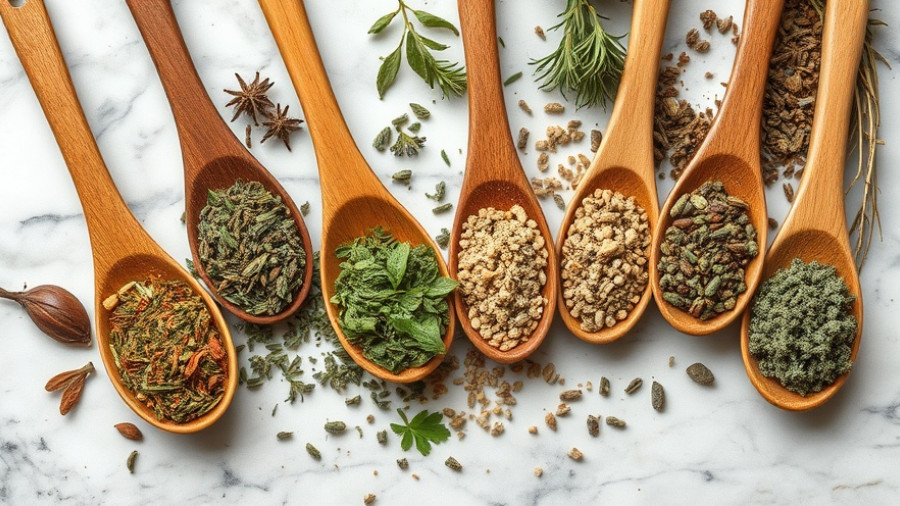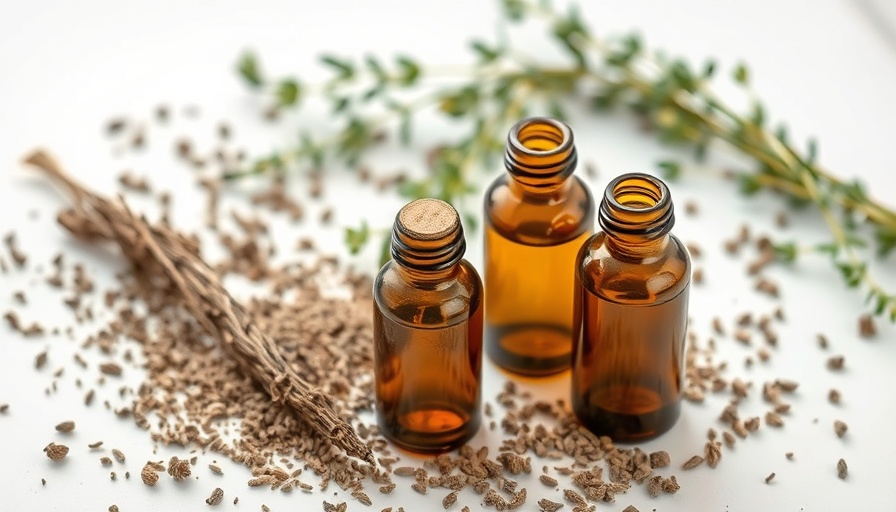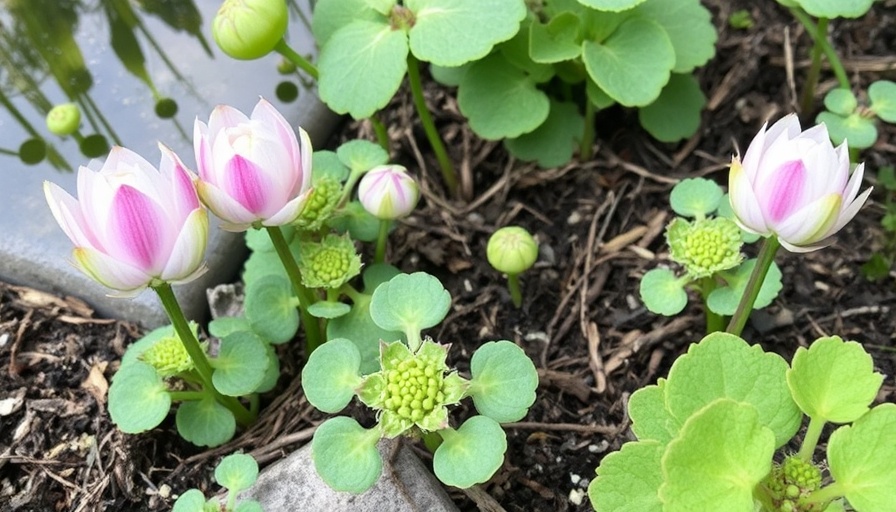
Discover the Hidden Gems of Your Spice Rack
In our day-to-day cooking, we often gravitate to familiar herbs like parsley and basil, neglecting a world of flavor-packed herbs that can elevate our dishes. Getting to know these underrated herbs not only enhances our meals but contributes to a more stimulating culinary experience. Today, we’re exploring ten herbs that deserve a spot in your kitchen spotlight.
1. Dragon - The Unsung Hero of Sauces
Often overlooked, dragon brings a gentle anise flavor that can bring life to chicken dishes and sauces. Try it with a simple chicken recipe: sauté chicken fillets in oil, add garlic, cream, and dragon for a delicious sauce that sings with flavor.
2. Lovage – The Flavor Booster
This herb, reminiscent of the taste of Maggi, works wonders in soups and stews. A pinch goes a long way, providing a hearty depth to your seasonal dishes.
3. Chervil – The Gentle Giant of Herbs
Chervil showcases a mild flavor reminiscent of fennel, making it perfect for egg dishes and soups. It brings a delicate layer of taste to your meals. Consider making a chervil egg salad for a tasty lunch option!
4. Lemon Balm – Freshness Personified
This herb infuses a zesty citrus flavor, making it ideal for refreshing teas, salads, and even desserts. A simple recipe for lemon balm-infused lime water can brighten up your hydration routine!
5. Mint in Savory Dishes – A Surprising Twist
While typically found in teas and desserts, mint can elevate savory dishes such as lamb or couscous salads, adding a refreshing twist to your meals.
6. Chive Flowers – Culinary Elegance
Instead of using only chive stems, try incorporating their unique purple flowers into your dishes for a beautiful garnish that offers a subtle onion flavor.
7. Sage – A Flavor Bomb for the Bold
You may have tasted sage butter with gnocchi, but have you tried it with pasta or delicate meats? This herb is not only tasty but versatile, giving rich depth to your culinary creations.
8. Dill – The North European Favorite
Dill tends to be neglected outside of Nordic recipes, but its sweet, crisp profile works beautifully with fish, potatoes, and creamy sauces. Give it a try in a dill-infused salmon recipe for dinner!
9. Coriander Seeds – A Spicy Delight
While fresh coriander garners much attention, the seeds offer warm, nutty flavors that enrich curries and marinades when toasted and ground.
10. Fennel Seeds – Adding a Sweet Anise Note
This underrated seed imparts a sweet, aromatic quality to breads and pastries, enhancing flavors that might otherwise fall flat.
Transform Your Cooking Today
Integrating these herbs into your daily meals promises not only new flavors but also enhances your overall cooking experience. Feeling inspired? Embrace these herbs and experiment with the countless possibilities they provide in your kitchen. Happy cooking!
 Rij toevoegen
Rij toevoegen






Write A Comment